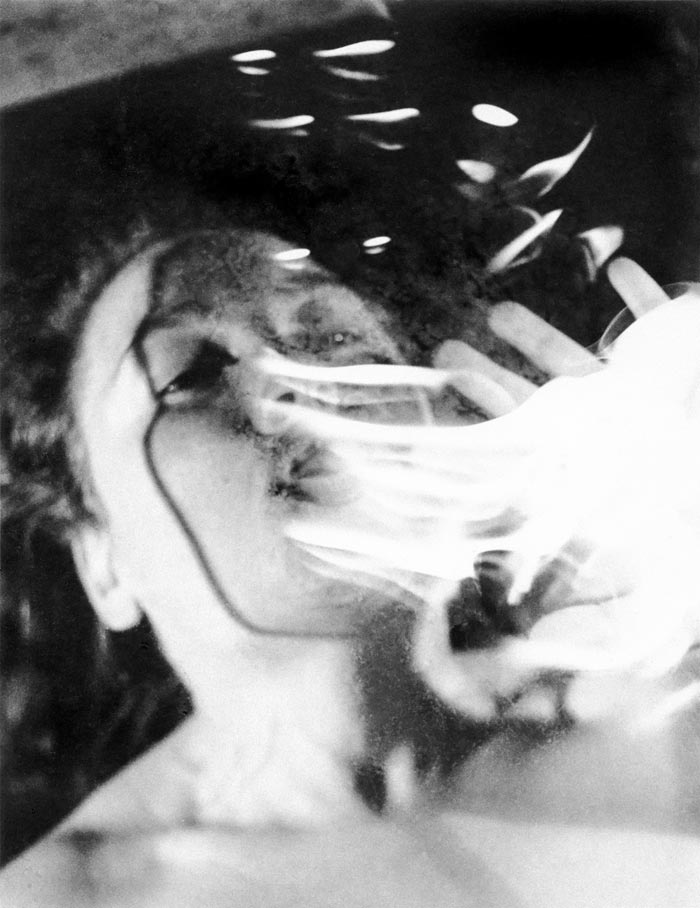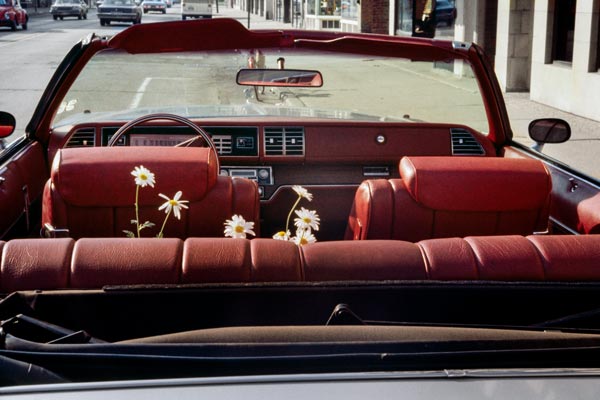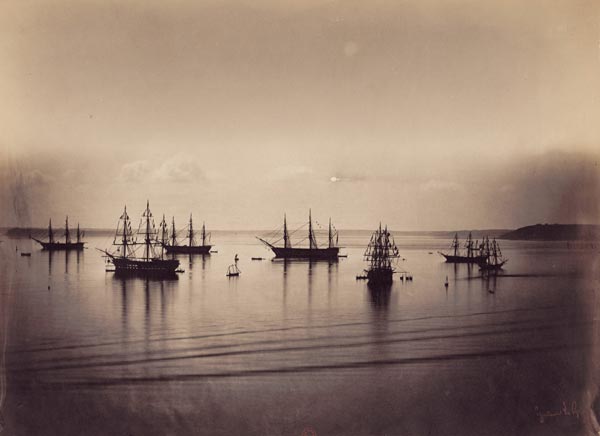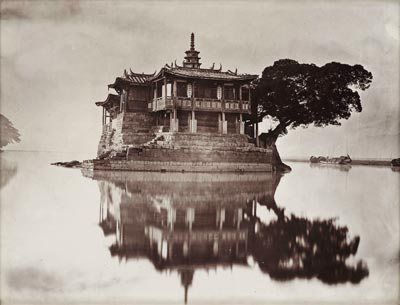CLASSIC #02
So here it is, the second issue of The Classic. Before we launched the magazine’s first issue at AIPAD in April this year, we weren’t at all sure what the reactions were going to be. As it turned out, the response has been overwhelming and continues to be, as more and more people discover it. (In case you missed Issue 1, you can download it as a pdf).
Bruno Tartarin, Mike Derez and I have received many kind comments, but, for me, what is most gratifying are all the conversations that I have had with dealers, collectors, curators, conservators, students and others, and to hear their suggestions
for interviews, features and topics.
It seems that many felt that a print magazine, especially one that’s free, was just what the classic photography world needed. The Classic is our little contribution to that world, and I stress little, because there are a great many people doing incredible work online: Michael Pritchard’s British Photographic History, L’Oeil de la Photographie, and Luminous Lint to name just a few.
There are, however, times when I think that way more is needed to connect with a younger audience, especially when it comes to 19th century photography. Wandering around Photo London in May this year, I came across many twenty-and-thirty-somethings marvelling at daguerreotypes, ambrotypes, salt prints and albumen prints, and commenting that they had never seen such things before. The players in the sector could, I suspect, do more in terms of being more active on social media and uniting/coordinating their promotional and educational activities. In our interview with Philippe Garner, he sums up Harry Lunn’s philosophy as “Nobody wins unless everybody wins”. Perhaps there is something of a lesson in that.
Sure, as Howard Greenberg notes in this issue, it’s a tough market for dealers and galleries right now, but the instinct to collect is very strong with many. And as a medium, photography has a lot going for it – especially classic photography, considering that it’s possible to collect on a very modest budget. In these pages we publish images costing 5, 6 and 7 figures, but there is also a fair amount at the other end of the scale. In this issue, Stephen White writes about his collection of images that made it onto the front pages of US newspapers in the 1920s and ‘30s. And while a vintage print of the famous/infamous image of Ruth Snyder in the electric chair will according to Stephen now set you back $1000, there are some incredible vintage press photographs to be had for as little as, well, 10 bucks, online, at table-top fairs and antique markets. You don’t get much sculpture or painting for that.
There are many ways to start collecting photography of course. In this issue, we feature Max and Katharina Renneisen, a young couple who are focused on the work of Giorgio Sommer (1834 – 1914), whose prints are also modestly priced.
The Classic started out with four distributors. At the time of going to press, the list has grown to 21 and we will keep adding to it. You will also find The Classic at Paris Photo, Paris Photo New York, Photo London, Photos Discovery and Dialogue Vintage Photography Amsterdam.
It seems somewhat extravagant to make it a free magazine but as Tartarin explains, “My ambition is to bring new people to the market, as well as rekindle enthusiasm among established collectors. There is no entrance fee at my fair, Photos Discovery, and I felt that the same spirit should be applied to the magazine.”
Tartarin asked Michael Diemar to create the new magazine from scratch. Diemar says, “Bruno gave me a completely free hand, with regards to both its name and contents. I decided to call it The Classic, it described what it was about and was also memorable. There were a number of things I wanted to avoid. I didn’t want it to be an academic journal, nor did I want it to be a promotion brochure, full of articles about “golden investment opportunities” and graphs showing market expansion and price increases for individual artists.
Because it wasn’t the investment opportunities that turned me into a photography collector many years ago. It was the images, the prints, the Polaroids, the cased images, the wonder of the photographic object. And while books and museum exhibitions taught me a lot, they didn’t provide me with nearly enough of the information I needed to operate as a collector. That information came from all the conversations I had with dealers, collectors, curators, auction experts, conservators, archivists, editors etc. And it’s those kinds of conversations I have tried to replicate in the magazine.





